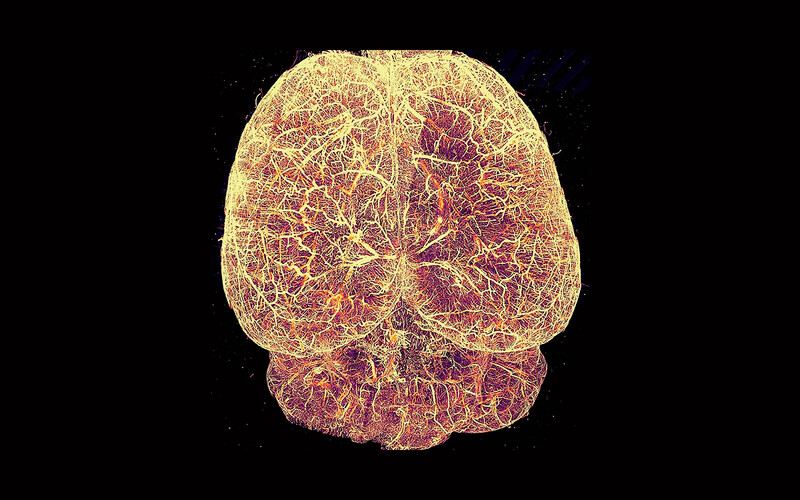Since the 1960s, most cosmologists have embraced the idea that our universe was born some fourteen billion years ago, when an infinitesimal, ultra-dense speck of matter exploded and eventually became all the planets, stars, and galaxies we see around us today. But not all cosmologists buy this origin story: others have proposed that our universe is eternal, and that it has always been expanding and contracting like a gigantic lung.
Anna Ijjas, an associate research scientist at Columbia’s Center for Theoretical Physics, has emerged in recent years as a leading proponent of this alternative vision, which is known as “Big Bounce” theory. And in a new paper in the Journal of Cosmology and Astroparticle Physics, the thirty-three-year old Hungarian-born theorist offers her most detailed explanation yet for how the universe could undergo such fluctuations. Specifically, her paper addresses how the universe, after a period of contraction, might have reversed course and begun to expand: she hypothesizes that there is an as-yet-unrecognized form of energy that, if squeezed into a small enough space, can suddenly push everything back outward. (To imagine how this would work, picture an airtight room whose walls collapse inward, like a garbage compactor’s, until the air molecules inside build up so much pressure that they cause the now-miniaturized room to explode.)
Ijjas’s vision is radical, going against a century’s worth of received wisdom among physicists about how matter and energy behave. For example, Einstein’s general theory of relativity predicts that if any large celestial object implodes abruptly, it will devour itself, disappearing into an infinitely small and dense point known as a singularity. Astronomers have found evidence of this happening many times when massive stars have died; the result is what’s commonly known as a black hole. The idea that our universe could somehow avoid this same fate, if the whole thing were to shrink down to nearly a singularity — which is what bounce theorists suggest happened fourteen billion years ago — strikes most cosmologists as far-fetched.
Seemingly outlandish ideas sometimes pay off in physics, though. The Belgian theorist Georges Lemaître was dismissed by his peers when in 1931 he proposed that the universe had sprouted from a tiny “Cosmic Egg”; three decades later, he was vindicated when telescopes found traces of interstellar radiation that could only be remnants from a time when the universe was extraordinarily small, hot, and compact. And today, even physicists who are deeply skeptical of Big Bounce theory concede that Ijjas’s latest version of the idea is among the most sophisticated and mathematically compelling yet dreamed up. With a bit more fine-tuning, they say, her hypothesis could even be testable; this would move the Big Bounce notion out of the realm of pure theory and into that of verifiable science.
To this end, Ijjas is now designing computer programs that simulate what the universe would have looked like in the moment it shifted from a period of contraction to a period of expansion; by studying these simulations, she hopes to determine what evidentiary traces of the event might still be observable.
“It’s possible that a bounce could have left a distinct imprint on the Cosmic Microwave Background, which is the ancient light that’s still visible from the first moments our universe started to expand,” she says.
Ijjas is pursuing this work with a great sense of urgency. Her goal is to develop analytic techniques that will help her search for signs of a bounce in data produced by a new generation of telescopes scheduled to be built in the early 2020s. Such analyses could prove valuable, she says, whether or not she finds evidence of a bounce.
“My goal isn’t necessarily to prove my own ideas right, but to learn something fundamental about the nature of the universe,” she says. “If my hypothesis turns out to be wrong, this will just strengthen the case for the Big Bang — and for the idea that time had a definite starting point. And that in itself would be quite satisfying.”


